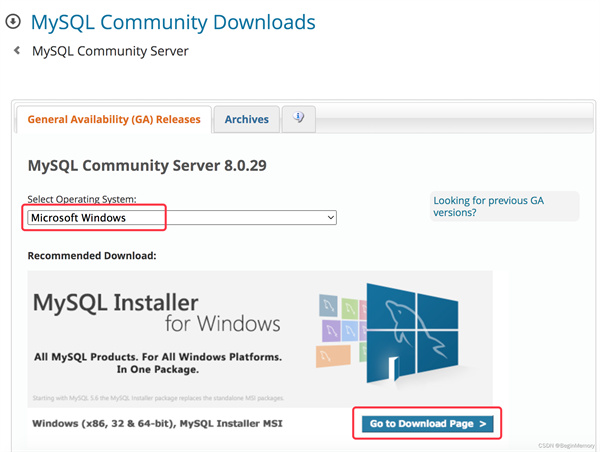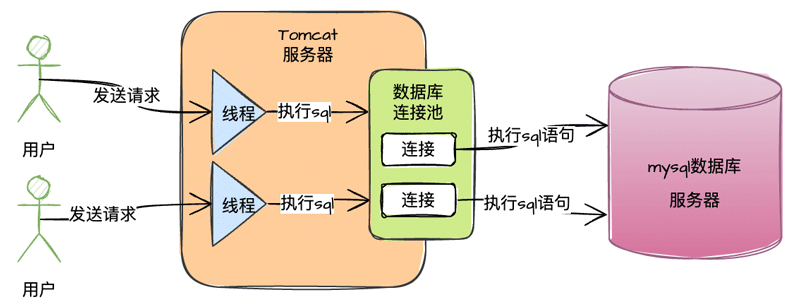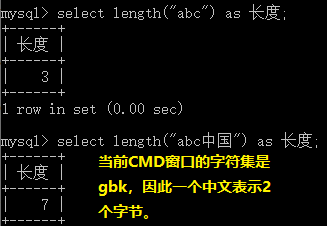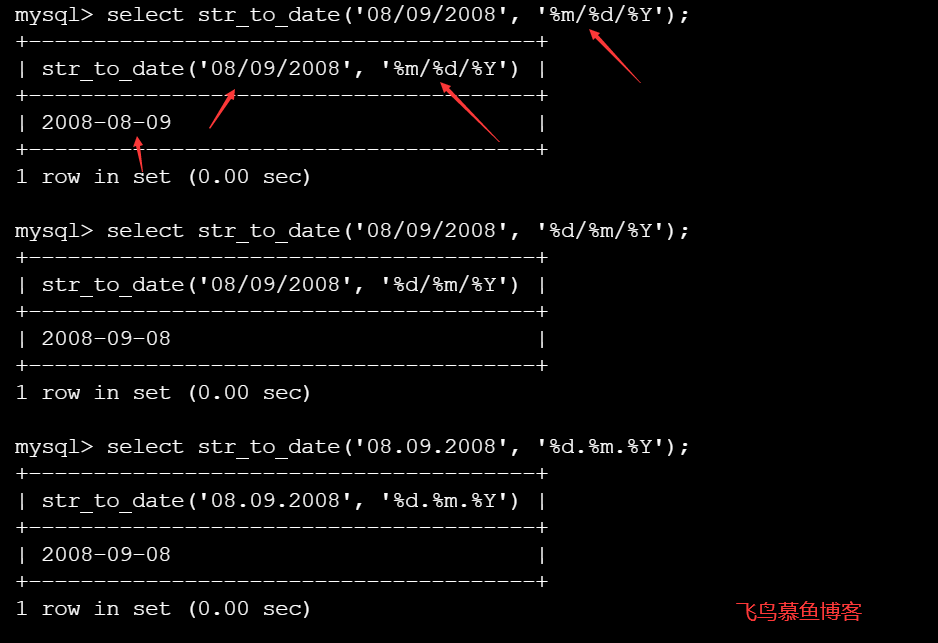夏夜,蟋蟀劲鸣,星光灿烂,月光清澈。孩提时的晨在小山上快活的玩味着每一朵花,每一株草,亦或躺在绿油油的草地数星星。一切都是那么的美好,那么的惬意。
自上学这么多年以来,得出了从一个例子入手来学习是最快最有效,并能培养出很强的实践能力,这是一种很好的学习方法。不访试试。比如看一本书的时候从各章节的例子入手,找出不了解的以及不懂的还是新知识, 进而有针对性的学习。看看下面的例子:<?php
$ip=getenv("REMOTE_ADDR");
//echo"$ip";
$conn=mysql_connect('ip','root','****');
mysql_select_db('db',$conn);
$sql="select*fromcounterwhereip="$ip";";
$result=mysql_query($sql,$conn);
$num=mysql_num_rows($result);
$count=mysql_query("select*fromcounter",$conn);
$count=mysql_num_rows($count);
//echo"$num";
//echo"$count";
if($num==0)
{
$sum=1;
$count++;
$sql="insertintocounter(ip,sum,countdata)values('$ip','1','$count')";
mysql_query($sql,$conn);
mysql_close($conn);
//echo"$count";
}
else
{
$my="selectsumfromcounterwhereip='$ip'";
$bbbbbb=mysql_query($my)ordie(mysql_error());
$row=mysql_fetch_Array($bbbbbb);
@$sum=$row[sum];
//echo"$sum";
$sum++;
$sql="updatecountersetsum='$sum'whereip='$ip'";
mysql_query($sql);
mysql_close($conn);
}
$str_count=strval($count);
$str_count=Chop($str_count);
$count_len=strlen($str_count);
$image_count="";
if($count_len<6)
{for($j=0;$j<6-$count_len;$j++)
{$image_count=$image_count."<ccid_filevalues="0"src=0.gif/>";
}
}
for($i=0;$i<$count_len;$i++)
{
$nom=substr($str_count,$i,1);
$image_count=$image_count."<ccid_filevalues=";
$image_count=$image_count"
$image_count=$image_count.".gif/>";
}
echo"$image_count<br>";
print"这是你的第".$sum."次访问";
?>
从上面的一个小小的计数器例子来看。已经包括了查询、插入、修改的知识。可以实现功能。记录每一个IP的访问量及总的访问次数。总量不支刷新
一、查询:
SELECT被用来检索从一个或多个表中精选的行。select_expression指出你想要检索的列。SELECT也可以用来检索不引用任何表的计算行
1、
select*fromtable1;
2、
selectfield1,field2fromtable1;
3、
selectcount(*)fromtable2;
4、
selecttable1.filed1,table2.filed2fromtable1,table2wheretable1.field1='valed1';
5、
select*fromtable1wherefield1='valed1'andfiels2='valed2'ordedbyfield1;
6、
select*fromtable1wherefiled1='valed1'orderbyfiled1desclinitn;
7、
select*fromtable2wherenamelike'%$lin%';(模糊)
8、
sub_selects(高级)
select*fromtable1whereidIn(selectidfromtable2......);
9、
select...intotable...(高级)
(可用select...intooutfile...;insert...selkect...替代)
10、SELECTMAX(field1)ASfield1FROMtable1列的最大值
其中:表:table字段:field
二、修改
"updatetable1setfield1='value1',field2=value2'wherefiels3='values3";
UPDATE用新值更新现存表中行的列,SET子句指出哪个列要修改和他们应该被给定的值,WHERE子句,如果给出,指定哪个行应该被更新,否则所有行被更新。
三、插入:
1、
insertintotable1values('field1',field2',...);
INSERT...VALUES形式的语句基于明确指定的值插入行.
2、
replaceintotbl_name(1,2,3)values('1','2','3');
REPLACE功能与INSERT完全一样,除了如果在表中的一个老记录具有在一个唯一索引上的新记录有相同的值,在新记录被插入之前,老记录被删除。
四、删除:
$a="deletfromtable1wherefield1='$value1'andfield2='$value2'";
DELETE从tbl_name表中删除满足由where_definition给出的条件的行,并且返回删除记录的个数。如果你执行一个没有WHERE子句的DELETE,所有行都被删除。
以上就是从一个MySQL的例子来学习查询语句。与其在别人的故事里留着自己的眼泪,倒不如在自己的故事里开怀大笑。早安!更多关于从一个MySQL的例子来学习查询语句请关注haodaima.com其它相关文章!





